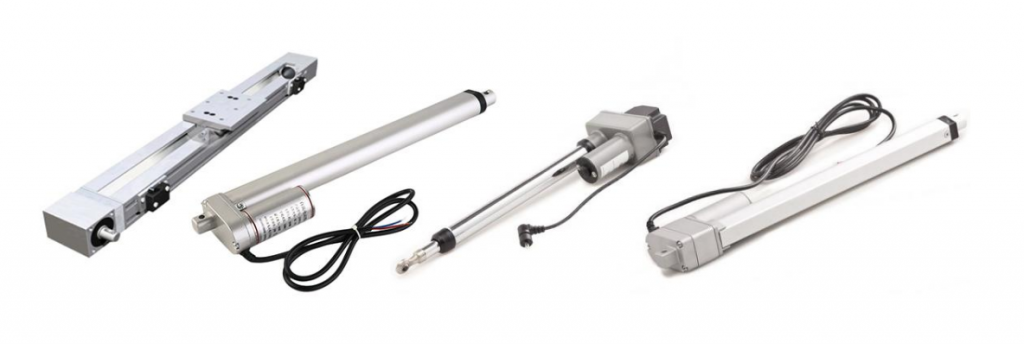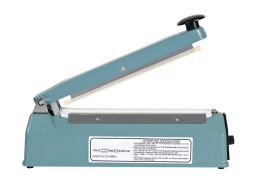A Guide to the Selection of Linear Actuators for positioning systems
by 26/09/2016 16:190

Linear system motions have been available in the market in different forms and types. If you are interested in it for a particular application, you can always contact the linear actuator manufacturer at linearactuator.org. Those who are seeking to install linear motion systems at any place, like their home, office or workplace may need additional knowledge when selecting linear motion systems for an application. There are many alternatives it putting together a motion system. Engineers go for different motion systems but choosing linear motion systems have extra benefits of overall flexibility, efficiency and manoeuvrability.
In choosing the right linear motion systems, it is best to prepare also the plan for multi-axis handling and positioning systems so that we can get the right types of linear actuators as well. The Factors that should be considered when choosing a single to double or triple axis positioning system are as follows:
System Configuration
The system configuration provides the over-all plan of choosing the right configuration for multi-axis motion systems. The most common are two-axis (X-Y) configurations. Less complex than that are single axis but more complex forms of system configuration can even go beyond a three-axis. The factors below need careful consideration when selecting a suitable linear module for a single-axis, two-axis or three-axis positioning system:
Orientation & Mounting
Another major factor to be considered are orientation and mounting. The orientation can differ depending on the number of axis and the type of motion system preferred. A multi-axis system has generally a more complex orientation and mounting in order to be able to have a wider variety of automated motion. Spacing, flatness, and rigidity are elements of this factor.
Mass & Centre of Gravity
The objects that are to be moved using linear motion systems may differ in mass, shape, and center of gravity which is why we should carefully consider it when setting up linear motion systems. As the object moves within the system, it moves relatively on a coordinate specified by the set up. Acceleration and deceleration of objects within that system are dependent on the mass and center of gravity in order to conduct a smooth linear motion system.
Stroke Lengths
Stroke lengths refer to the precise configuration needed in giving an effective motion. The stroke length can vary from a miniscule vertical motion to a 20 meter long horizontal one. The fact is stroke lengths need to be precisely configured so that the linear motion system has specific capabilities depending on the application that is wanted.
Accuracy & Repeatability
Accuracy and repeatability will differ from different types of linear actuators and different types of application. The demand of accurate and efficient linear motion systems has paved the way for different products to appear in the market so choosing the right one for an application demands that customers should also look into the specs of linear motion systems.
Traverse Speeds & Accelerations
Different loads require different speed, acceleration and deceleration on the different parts of a linear motion system. This factor has to be considered so that the specific loads would stay on the motion system in a manner that is conducive of the other parts of that motion system as well.
Other basic factors that also need to be examined before choosing the right linear motion system is the energy consumption and the amount of work, details of application and the overall complexity of how the load is required to move through the motion system. All these basic factors are basically self-explanatory and understandable. If a builder, an engineer, or a DIY-er has troubles on choosing the right motion system, they could always seek the advice of the manufacturers of their desired and chosen products.





